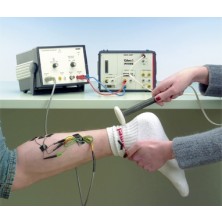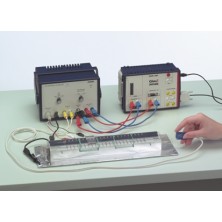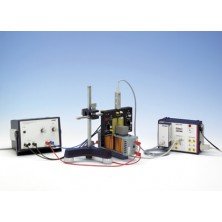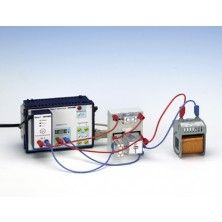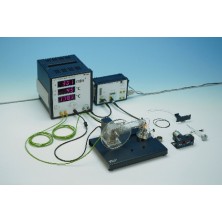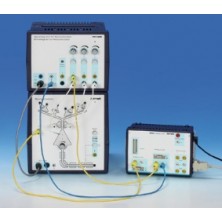
Neurobiology: the nerve cell with Cobra3 – 13 experiments
Item no.: P4010711 Principle Interactive learning and teaching system with one neurosimulator for up to 30 experiments covering nerve cells. Tasks use the nerve function model to study the following aspects of a nerve cell: intercellular potential, action potential, the different types of synapses. What you can learn about Comparison between low and high threshold and

